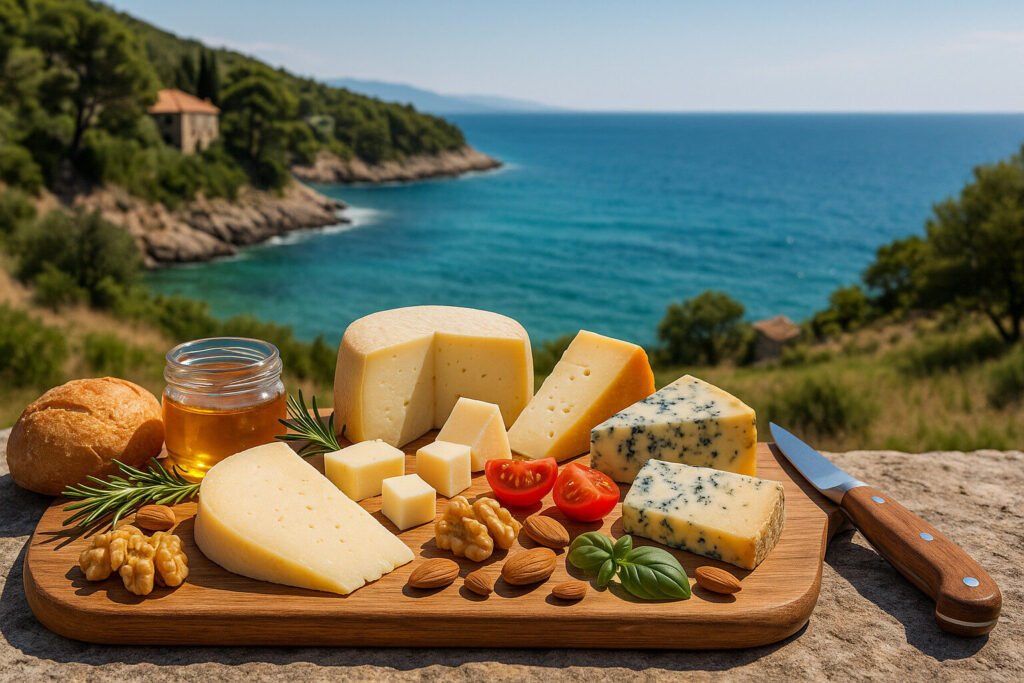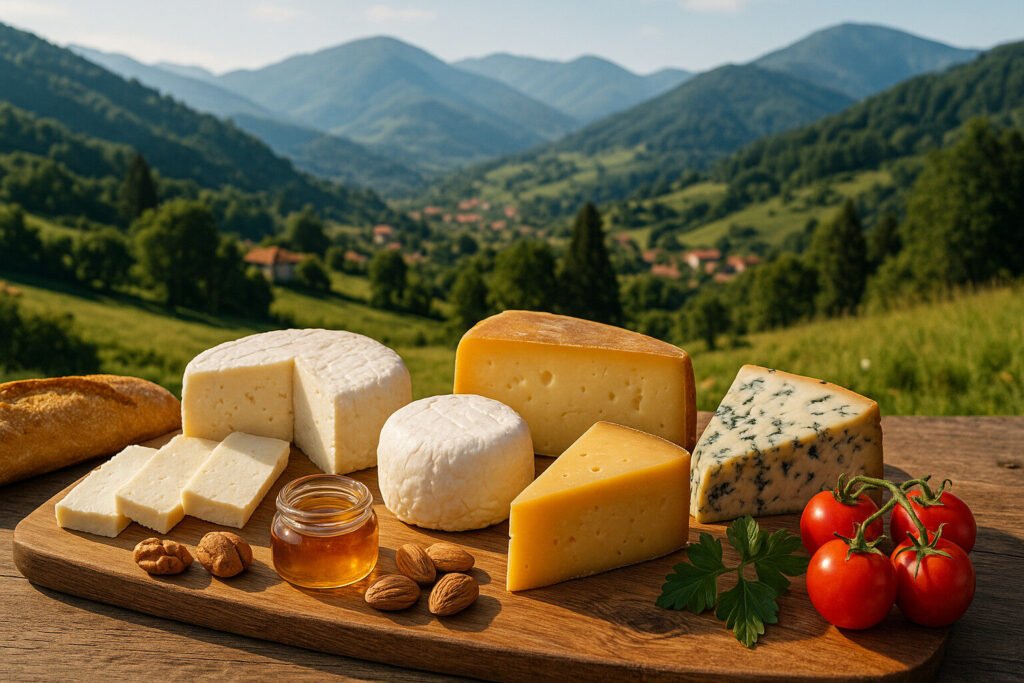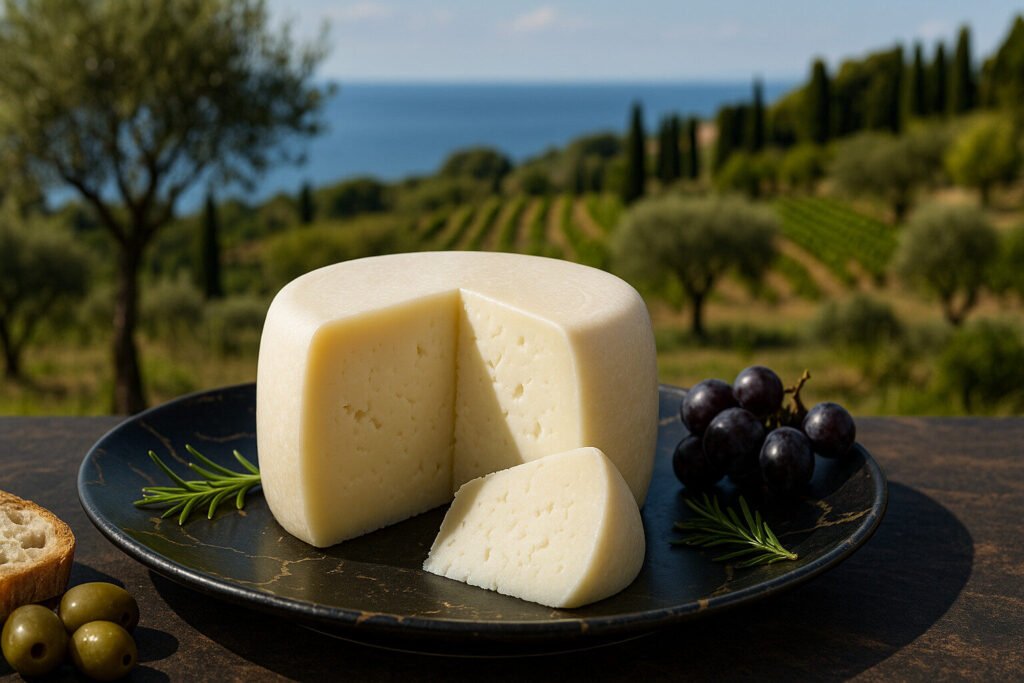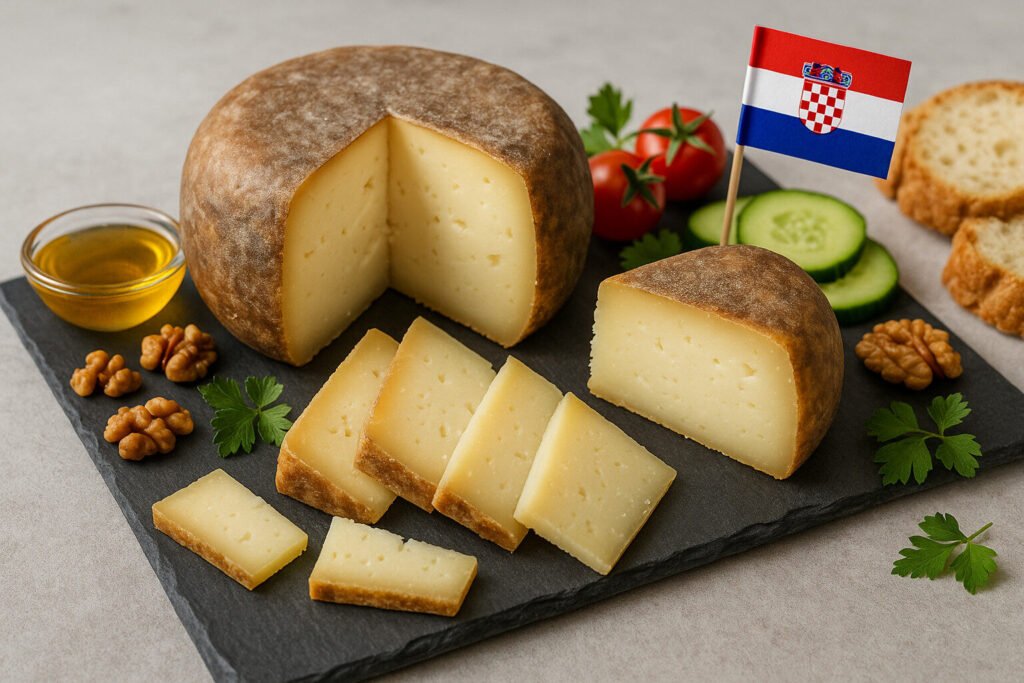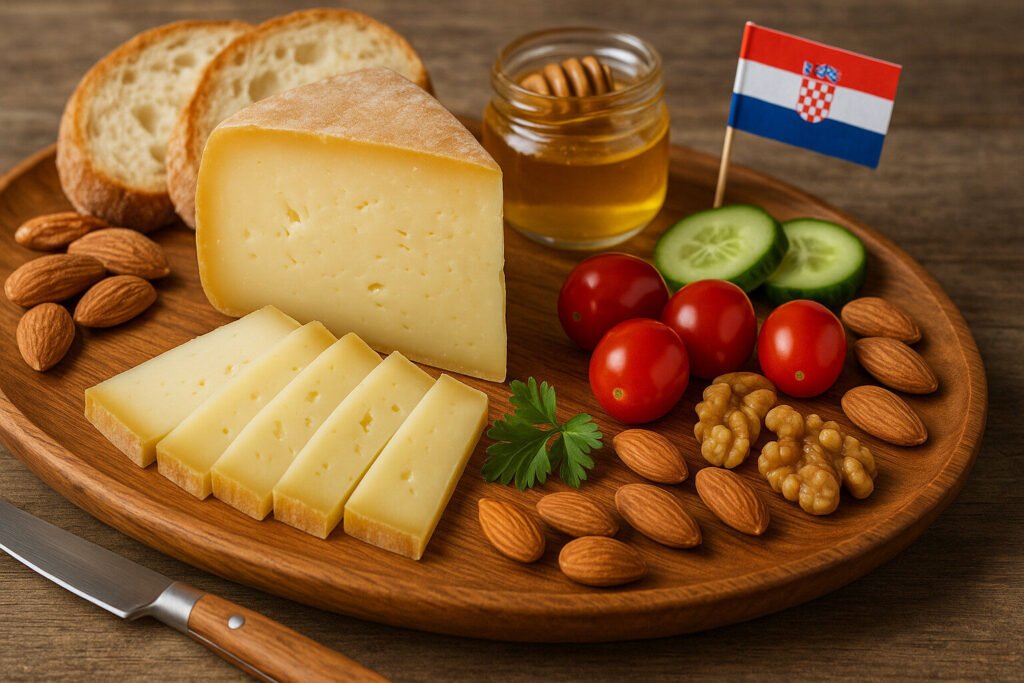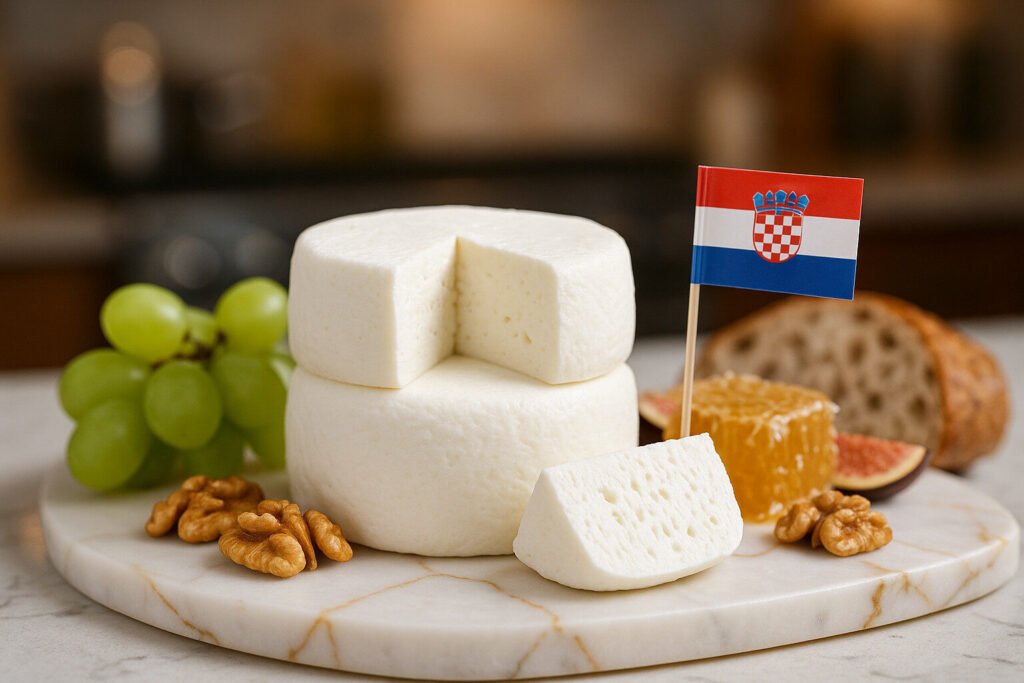Cheese Of Croatia
Cheese Definition and Scope
Croatian cheese represents a diverse category of dairy products rooted in the nation’s agricultural traditions. These cheeses utilize milk from indigenous sheep, cows, and goats grazing on various regional pastures. The scope includes fresh, aged, and smoked varieties, each reflecting local terroir and historical practices.
Many Croatian cheeses hold protected designation of origin status, linking them to specific geographic areas. This classification ensures traditional methods and local ingredients define their identity. The category encompasses textures from soft spreadable cheeses to hard, grating types.
Production Techniques
Traditional Croatian cheesemaking often involves raw milk and natural rennet from suckling lambs. Many producers maintain small-scale operations using copper vats and wooden tools. The processes vary significantly between coastal and mainland regions due to differing climates and livestock.
Aging occurs in stone cellars or mountain caves where temperature and humidity create ideal conditions. Some cheeses undergo smoking over beechwood or aromatic herbs for preservation and flavor development. These techniques have been passed through generations with minimal industrialization.
Sensory Profile
Croatian cheeses display pronounced salty notes from coastal herbs and Mediterranean climate influences. Many varieties feature tangy, acidic profiles from extended fermentation periods. The textures range from creamy and moist to crumbly and crystalline depending on age.
Distinct animalic notes emerge in cheeses made from sheep’s milk, particularly those from Pag Island. Smoked varieties carry woody, earthy aromas from traditional preservation methods. These complex flavor profiles develop through natural aging in specific microclimates.
Culinary Applications
Fresh Croatian cheeses like Škripavac serve as table cheeses and sandwich fillings due to their mild acidity. Aged varieties such as Paški sir are often grated over pasta dishes or served with olives. Many cheeses pair perfectly with Croatian wines like Plavac Mali.
Traditional dishes like štrukli incorporate fresh cheese as a primary ingredient in baked pastry. Hard cheeses complement fig spreads and prosciutto in Dalmatian antipasto platters. These culinary uses reflect the integration of cheese into daily meals and festive occasions.
Regional Examples
Paški sir from Pag Island represents Croatia’s most famous cheese, made from sheep’s milk with distinctive herbal notes. The Lika region produces Škripavac, a semi-hard cow’s milk cheese known for its squeaky texture. These protected designations demonstrate geographic specificity in production.
Istrian cheeses often incorporate truffles or olive oil into their recipes, reflecting local ingredients. The Dinara mountain region creates smoked cheeses like Dinarski sir using ancient pastoral methods. Each region maintains unique varieties shaped by local climate and cultural traditions.
